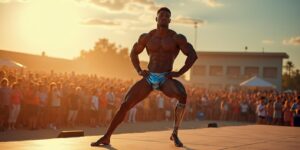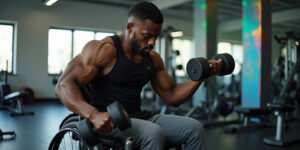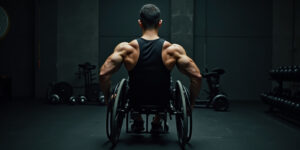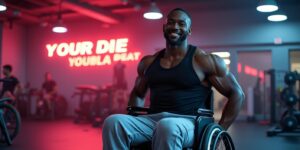Understanding Wheelchair Bodybuilding: A Unique Sport
Wheelchair bodybuilding is a challenging and distinct sport that demands dedication and perseverance. Competitors in this unique division exhibit their physical strength and muscularity, showcasing their determination and ability to overcome obstacles. With the sport’s rising popularity, more athletes are embracing wheelchair bodybuilding as a platform to display their prowess. It not only provides an inclusive space for individuals with disabilities but also highlights the indomitable human spirit. The world of wheelchair bodybuilding, with its mandatory poses and scoring criteria, has seen remarkable winners in each open division. From past year’s champions like Lauren Fleishman to newcomers, the sport celebrates the hardness, resilience, and sheer talent of wheelchair bodybuilders. Essential Training for Wheelchair Bodybuilding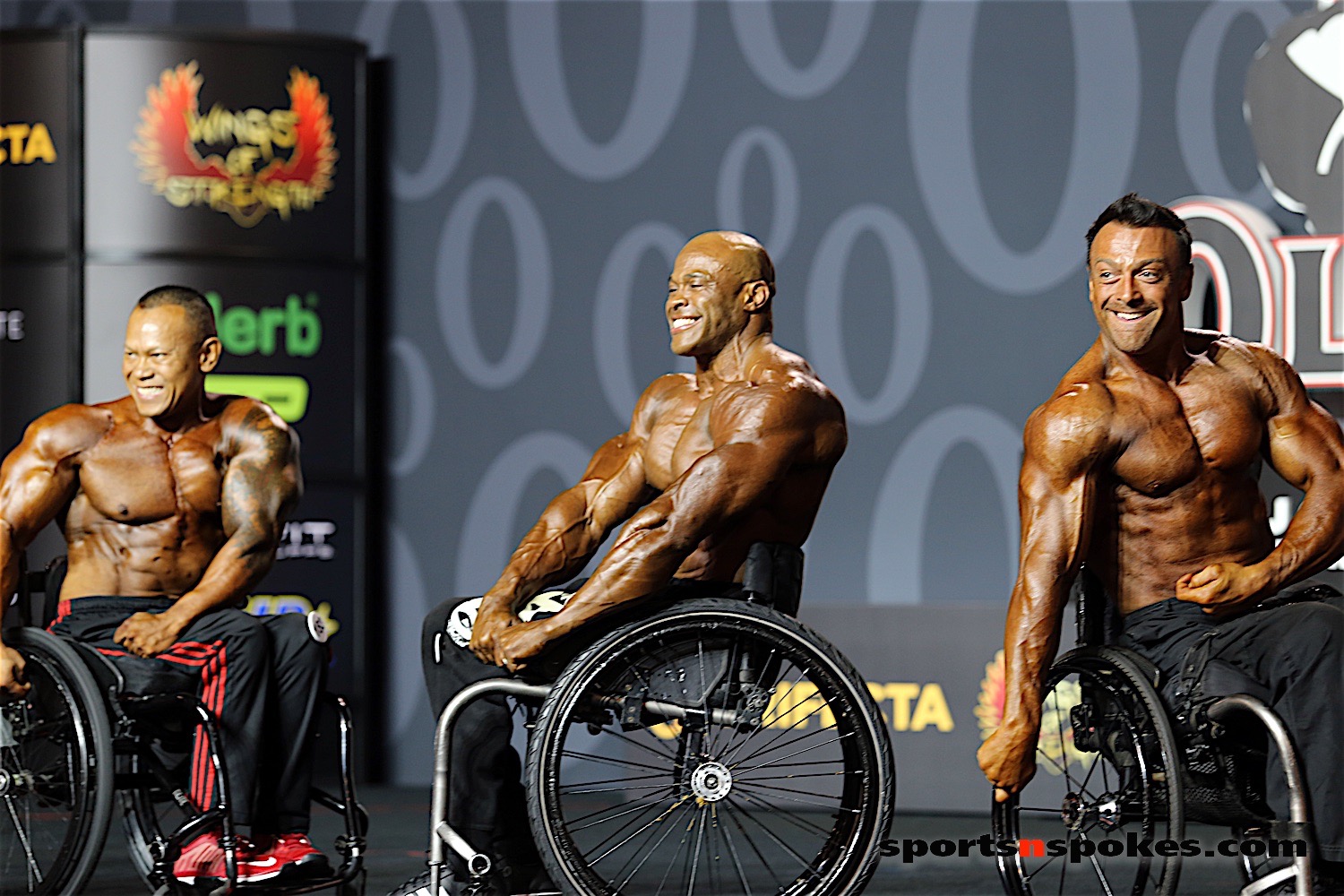
Wheelchair bodybuilding is a challenging and empowering pursuit that allows individuals with physical disabilities to build strength, muscle, and confidence. Just like traditional bodybuilding, it requires a combination of training, nutrition, and dedication. Here’s an essential training guide for wheelchair bodybuilding:
- Consult a Healthcare Professional: Before starting any exercise program, consult with your healthcare provider or a physical therapist to ensure that bodybuilding is safe and appropriate for your specific condition.
- Set Clear Goals: Define your goals, whether it’s building muscle, improving strength, or enhancing overall fitness. Having specific goals will help tailor your training program.
- Create a Balanced Workout Routine: A well-rounded workout routine should include exercises targeting all major muscle groups. Adapt exercises to your specific needs and abilities. Common exercises for wheelchair bodybuilding include:
- Chest: Bench presses (using a wheelchair-accessible bench or similar setup), push-ups, or chest flyes.
- Back: Lat pulldowns, seated rows, or bent-over rows.
- Shoulders: Shoulder presses, lateral raises, or front raises.
- Arms: Bicep curls, tricep extensions, and variations like hammer curls or skull crushers.
- Legs: Leg presses, seated leg curls, or resistance band leg exercises.
- Focus on Core Strength: A strong core is essential for stability and balance. Incorporate exercises like seated Russian twists, seated leg raises, or planks to strengthen your core.
- Use Proper Form: Pay close attention to your form to prevent injury. If you’re unsure about your technique, consider working with a personal trainer experienced in adaptive fitness.
- Adaptations and Equipment: You may need adaptive equipment or tools, such as resistance bands, hand weights, or specialized benches. Ensure your gym or home workout space is accessible and equipped with any necessary modifications.
- Progressive Overload: Gradually increase the weight, resistance, or repetitions in your workouts to stimulate muscle growth and strength improvements. Track your progress to ensure you’re consistently challenging yourself.
- Cardiovascular Conditioning: Don’t neglect cardiovascular fitness. Engage in wheelchair-based cardio activities like hand cycling, wheelchair racing, or wheeling on a handbike.
- Recovery: Give your body adequate time to recover between workouts. Adequate sleep, proper nutrition, and active recovery techniques like stretching or foam rolling are essential.
- Nutrition: Proper nutrition is crucial for muscle growth and overall health. Focus on a balanced diet with sufficient protein, carbohydrates, and healthy fats. Consult a registered dietitian for personalized guidance.
- Stay Hydrated: Maintain proper hydration to support your body’s functions and recovery.
- Mindset: Developing a positive and determined mindset is critical. Stay motivated and patient, as progress in bodybuilding takes time.
- Seek Support: Connect with a community of wheelchair bodybuilders or adaptive athletes for support, advice, and motivation. Social support can be a powerful tool in your journey.
- Remember that everyone’s journey in wheelchair bodybuilding is unique, and it’s essential to tailor your training program to your specific abilities and goals. Always prioritize safety, consult professionals when needed, and be consistent in your efforts.
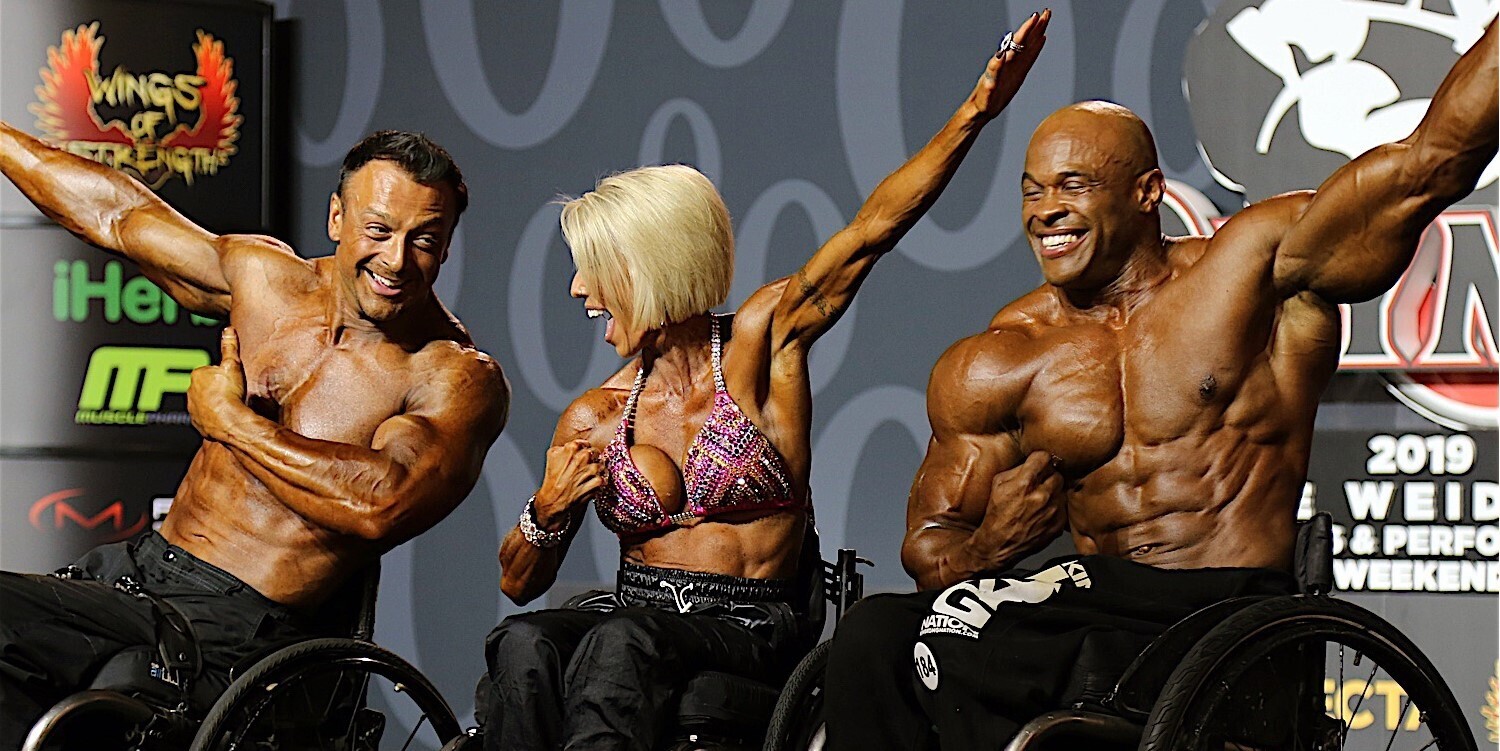
How does Diet Influence Performance in Wheelchair Bodybuilding?
Proper nutrition plays a crucial role in maximizing performance and enhancing results in wheelchair bodybuilding. By consuming a balanced diet with the right macronutrient ratios and staying hydrated, athletes can support muscle growth, recovery, and prevent muscle cramps. Additional strategies like pre and post-workout meals and working with a nutritionist can offer personalized guidance for optimal performance.
Wheelchair Poses: The Art of Displaying Muscles
In wheelchair bodybuilding competitions, athletes showcase their physique and muscularity through a series of poses specifically designed for the wheelchair division. Each pose focuses on highlighting different muscle groups while also emphasizing symmetry and proportion. Proper technique, including smooth posing transitions and holding poses with confidence, is crucial for creating a visually appealing display. Wheelchair bodybuilders aim to present a balanced and aesthetic appearance on stage, mastering the art of posing through practice and valuable feedback from experienced coaches or judges.
What are the Key Wheelchair Poses Bodybuilding?
Bodybuilding is a sport and fitness activity that primarily focuses on muscle development, aesthetics, and strength. While bodybuilding poses are not typically associated with wheelchair athletes, there are still ways for individuals with disabilities who use wheelchairs to engage in bodybuilding and showcase their physique through various poses. Here are some key wheelchair poses that can highlight muscle development and overall physique:
- Front Double Biceps Pose: Sit upright in your wheelchair and flex your biceps while keeping your hands on the wheelchair’s armrests. This pose emphasizes the size and definition of your biceps and chest.
- Side Chest Pose: Turn your wheelchair slightly to the side and flex your chest and biceps. Extend one arm out to the side while flexing the other, showcasing the development of your chest and arm muscles.
- Front Lat Spread Pose: Sit upright, push your shoulders back, and spread your lats (latissimus dorsi muscles) wide by pushing your arms out to the sides. This pose highlights the width and development of your back muscles.
- Side Triceps Pose: Turn your wheelchair to the side and extend one arm behind your back while flexing your triceps. This pose accentuates the size and definition of your triceps and obliques.
- Wheelchair Abdominal Pose: Sit straight and flex your abdominal muscles by pulling them in and down. You can hold onto the armrests for balance and support while showing off your core development.
- Rear Double Biceps Pose: Turn your wheelchair to face away from the audience and flex your biceps while keeping your hands on the wheelchair’s armrests. This pose highlights the size and definition of your biceps and back muscles.
- Quadriceps Pose: Extend your legs out of the wheelchair and flex your quadriceps (thigh muscles) while sitting upright. This pose showcases the development of your leg muscles.
- Most Muscular Pose: Flex all your muscles simultaneously, including your biceps, chest, shoulders, and abs. This pose is a combination of various muscle groups and demonstrates your overall muscularity.
Remember that bodybuilding poses are about displaying your physique in the best possible way, emphasizing muscle development, symmetry, and definition. Adapt these poses to your comfort and mobility while using a wheelchair. Additionally, you may want to consult with a fitness trainer experienced in adaptive bodybuilding to help you perfect your poses and develop a training program tailored to your needs and goals.
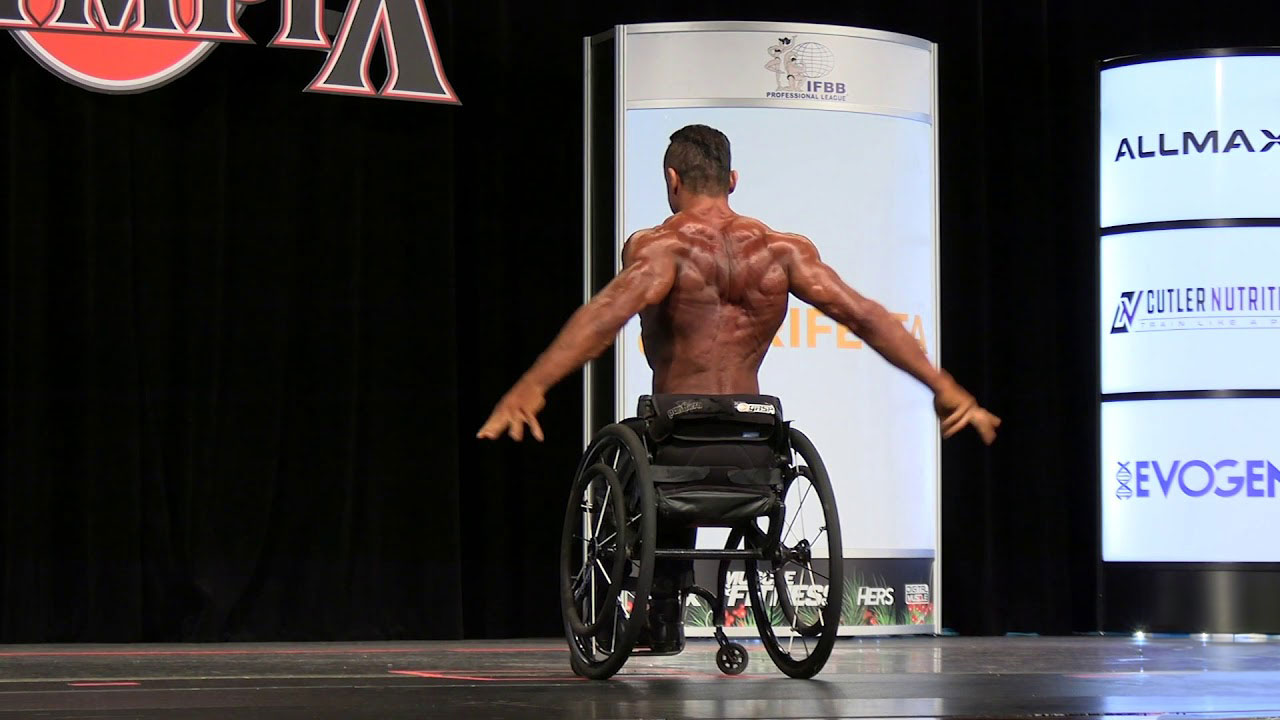
How are Wheelchair Bodybuilders Changing the Face of the Sport?
Wheelchair bodybuilders are revolutionizing the sport by challenging stereotypes, inspiring others with disabilities, and promoting inclusivity. They prove that physical limitations don’t define one’s potential, making a powerful impact on the fitness industry.
Let’s Sum Up
In conclusion, wheelchair bodybuilding is a unique sport that requires dedication, strength, and determination. It is not just about building muscles but also about mastering the form and showcasing your hard work through poses. Proper training, nutrition, and preparation are essential for success in wheelchair bodybuilding. Despite the challenges faced, wheelchair bodybuilders are changing the face of the sport and inspiring others to push their limits.
So if you have a passion for fitness and want to challenge yourself, wheelchair bodybuilding can be a rewarding and empowering journey. Embrace your strength, overcome obstacles, and show the world what you’re capable of achieving.


